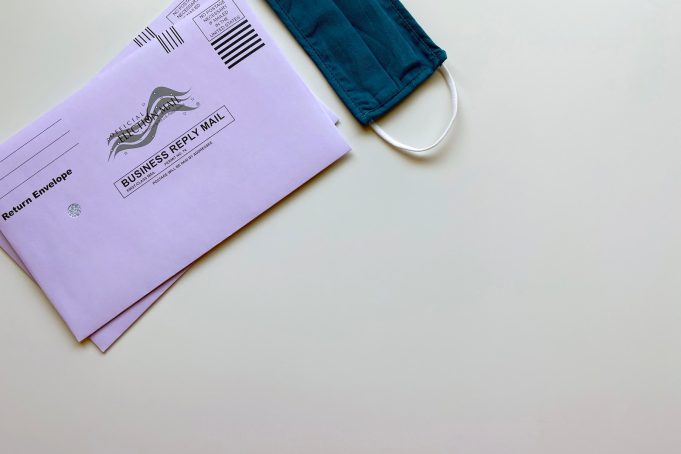Nonprofit organizations play a vital role in making our world a better place. Whether they focus on environmental conservation, healthcare, education, or any other cause, their success hinges on two essential elements: raising funds and spreading awareness.
In the digital age, it’s tempting to rely solely on online channels for these purposes, but there’s an often overlooked, tangible method that can have a significant impact: Direct mail, specifically postcard campaigns.
In this article, we’ll explore how direct mail for nonprofits can effectively raise funds and increase awareness.
The Relevance of Direct Mail in a Digital World
In an era dominated by digital marketing, direct mail remains a relevant and powerful tool for nonprofit organizations for several reasons. For instance:
- Tangibility: Direct mail provides a tangible connection with potential donors, making your message more memorable.
- Personal Touch: A physical postcard can convey a sense of personalization and appreciation that digital communications often lack.
- Targeted Outreach: Postcards can be sent to specific groups of potential donors, making sure your message gets to the people who are more willing to support your cause.
- Reduced Digital Noise: In an age of overflowing email inboxes and saturated social media feeds, postcards offer a respite from the digital noise.
- Long-Lasting Impact: Well-designed postcards can serve as reminders for months, even years, to come, making them a cost-effective marketing tool.
Raising Funds Through Postcard Campaigns
Let’s quickly look at some of the ways in which you can make sure your campaigns for nonprofits can be made more effective.
Segmented Lists
To effectively raise funds, it’s crucial to create segmented mailing lists. You can, for example, target different groups based on factors such as previous donations, location, or specific interests related to your nonprofit’s cause.
Compelling Storytelling
Your postcard should tell a compelling story that highlights the impact of your nonprofit’s work. For instance, it’s a great idea to share success stories, testimonials, and the real-world difference that contributions can make.
Clear Call to Action
Every postcard should include a clear call to action (also referred to as CTA) that helps people make a donation. Suppose you are a homeowner and you discover cleaning postcard marketing. A good CTA in this case could be something like “Book Your Clean Now!” or “Get Your Spotless Home Today!” For a non-profit, this might include a link to a dedicated donation page, a QR code, or instructions for mailing a check.
Donation Options
Don’t forget to also offer flexibility in donation options. You can allow recipients to choose the amount they wish to contribute, and provide options for one-time or recurring donations. Also, assure donors that their contributions will be used wisely. Share your organization’s commitment to transparency in financial matters and program outcomes.
Designing Effective Postcard Campaigns
Postcards offer a great chance to educate recipients about the issues your nonprofit addresses. For instance, you can provide statistics, facts, and case studies that shed light on the problem and the impact of your work.
It’s a good idea to feature compelling images that convey the essence of your cause. Whether it’s images of children receiving education, wildlife conservation efforts, or clean water initiatives, visuals can evoke a powerful emotional response.
Here are some design tips for creating postcard campaigns that make an impact:
- High-Quality Printing: Invest in professional printing services or direct mail marketing professional help to ensure that your postcards look polished and professional.
- Clear Branding: Your postcards should reflect your nonprofit’s brand, including logos, color schemes, and fonts.
- Colorful and Vibrant: Use colors that align with your nonprofit’s mission and evoke the right emotions. Vibrant colors can capture attention and convey a sense of hope and positivity.
- Readable Fonts: Choose easy-to-read fonts for the body text, and consider a bold, eye-catching font for headlines.
- QR Codes: Include QR codes that link to your nonprofit’s website, donation page, or specific campaign landing pages.
Measuring Success and Making Adjustments
To assess the impact of your postcard campaigns, it’s essential to track and measure various metrics. For example, you can calculate the response rate by dividing the number of responses (donations, inquiries, etc.) by the number of postcards sent. Conversion rates can also help you measure the number of responses that result in actual donations.
Don’t forget to track the total amount raised through your postcard campaign and determine how many new donors the campaign brought in. And, of course, monitor increases in your social media followers and engagement following the campaign and measure the number of people who sign up for your nonprofit’s email list as a result of the campaign.
Conclusion
Direct mail, particularly postcard campaigns, can be a potent tool for nonprofit organizations in the digital age.
By carefully designing postcards that tell compelling stories, convey your nonprofit’s mission, and inspire action, you can raise funds and increase awareness, ultimately driving positive change in communities and beyond. So, don’t overlook the power of postcards in your nonprofit’s marketing strategy!










